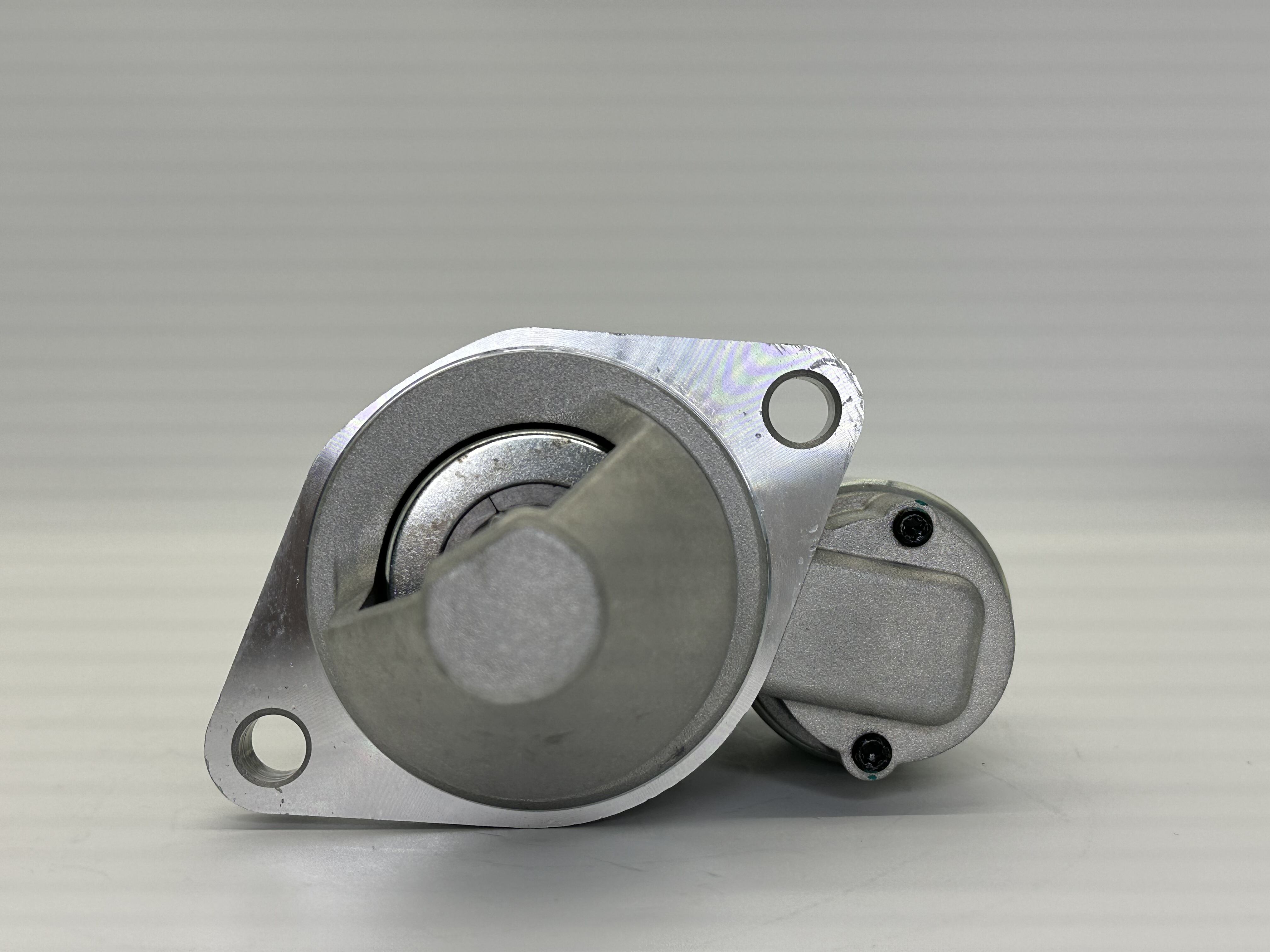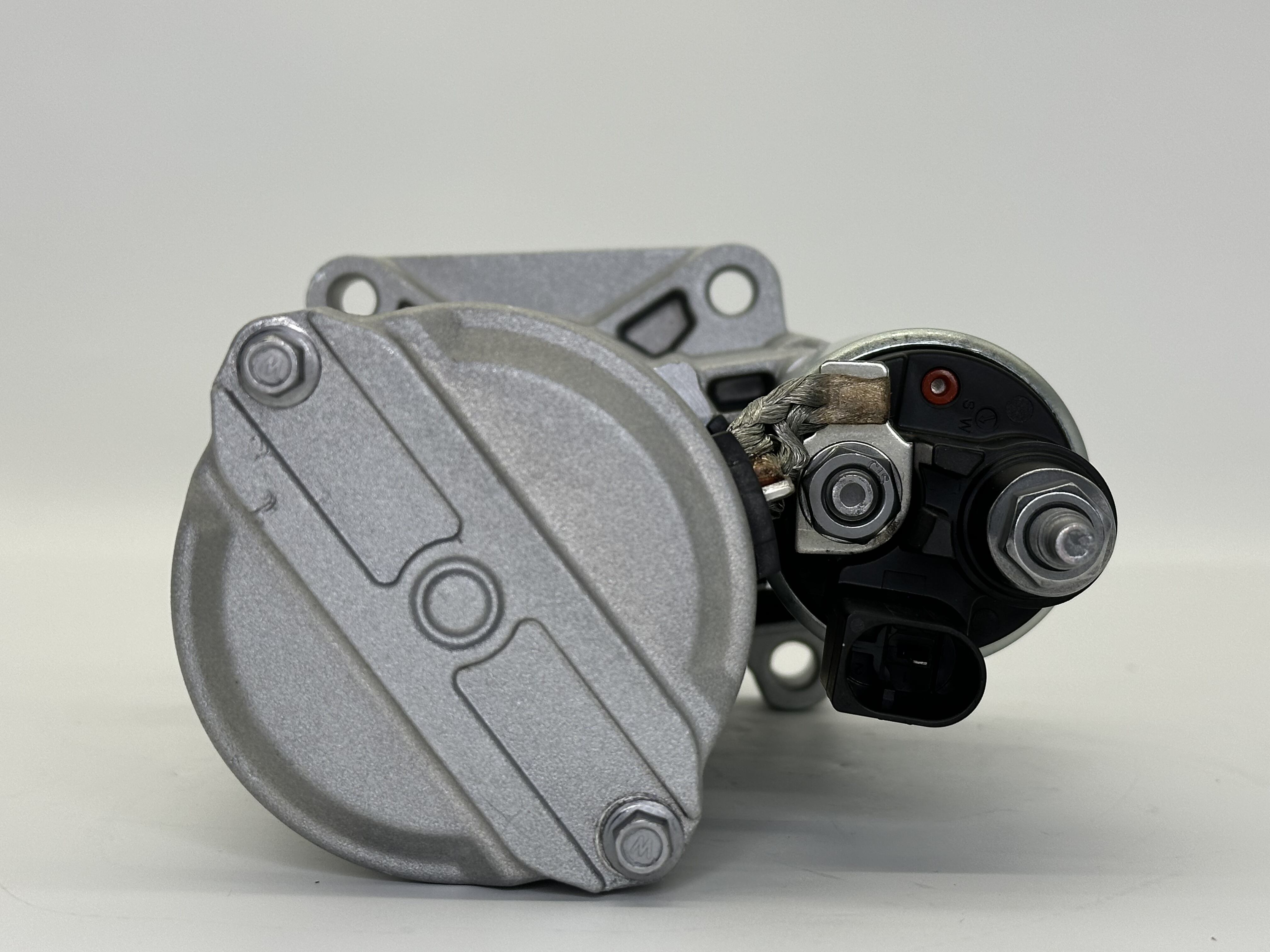Understanding Your Vehicle's Electrical Power System
A car generator, more commonly known as an alternator in modern vehicles, plays a vital role in your vehicle's electrical system. This critical component converts mechanical energy from the engine into electrical power, keeping your battery charged and powering all electrical components while driving. As with any mechanical part, car generators eventually wear out and require replacement, making it essential to recognize the warning signs before you're left stranded.
Warning Signs of a Failing Car Generator
Visual and Auditory Indicators
One of the earliest signs of car generator problems is unusual noises coming from under the hood. A failing generator may produce grinding, whining, or squealing sounds due to worn-out bearings or other internal components. Visual inspections might reveal loose connections, frayed belts, or visible damage to the generator housing. The presence of corrosion or rust around terminal connections can also indicate potential issues requiring attention.
Another telltale sign is dimming or flickering headlights, especially when multiple electrical accessories are in use. Your vehicle's lights may appear brighter at higher engine speeds and dimmer at idle, suggesting the generator isn't producing consistent power output. Dashboard warning lights, particularly the battery light, often illuminate when the generator begins to fail.
Performance-Related Symptoms
When a car generator starts failing, various electrical systems may exhibit problems. You might notice slow power windows, intermittent radio operation, or difficulty starting the vehicle. These issues often worsen gradually as the generator's output decreases. In some cases, the battery may repeatedly die, requiring frequent jump-starts despite being relatively new.
Modern vehicles heavily rely on electrical systems, and a failing generator can affect everything from fuel injection to climate control. If you experience multiple electrical issues simultaneously, it's crucial to have your generator tested before more serious problems develop.

Lifespan and Maintenance Factors
Expected Service Life
The typical lifespan of a car generator varies depending on vehicle make, model, and usage conditions. Most generators last between 7 to 10 years or approximately 80,000 to 150,000 miles. However, factors such as driving conditions, climate, and electrical demand can significantly impact their longevity. Vehicles used in extreme temperatures or those equipped with high-power audio systems may require generator replacement sooner.
Regular maintenance can extend your generator's life considerably. This includes keeping the battery in good condition, ensuring proper belt tension, and addressing electrical issues promptly. However, even well-maintained generators eventually reach the end of their service life and require replacement.
Environmental and Usage Influences
Environmental conditions play a significant role in generator wear. Vehicles operated in hot climates or areas with high humidity may experience accelerated component degradation. Similarly, frequent short trips that don't allow the generator to fully charge the battery can increase stress on the system. Commercial vehicles or those used for frequent towing may also require more frequent generator replacement due to increased electrical demands.
The addition of aftermarket accessories that increase electrical load can strain your generator beyond its design capacity. This includes powerful audio systems, additional lighting, or other high-draw equipment. Consider upgrading to a higher-output generator when adding significant electrical accessories to your vehicle.
Professional Diagnosis and Replacement
Diagnostic Procedures
When suspecting generator problems, professional diagnosis is essential to confirm the issue and rule out other electrical system components. Technicians use specialized equipment to test generator output, diode function, and voltage regulation. These tests can determine whether repair or replacement is the most cost-effective solution.
Modern diagnostic equipment can detect subtle problems before they cause complete failure, allowing for planned replacement rather than emergency repair. This approach can save money and prevent inconvenient breakdowns. Your mechanic should also inspect related components, such as the drive belt, pulleys, and electrical connections during diagnosis.
Replacement Considerations
When replacing a car generator, several factors deserve consideration. Original equipment manufacturer (OEM) parts typically offer the best fit and reliability but may cost more than aftermarket alternatives. High-quality aftermarket generators can provide excellent service while offering cost savings. Consider factors such as warranty coverage, parts availability, and your vehicle's expected service life when making this decision.
Installation should always be performed by qualified technicians who can ensure proper mounting, belt tension, and electrical connections. They should also verify proper operation of all electrical systems after replacement. This includes testing charging system output across various engine speeds and electrical loads.
Preventive Measures and Maintenance
Regular Inspection Routines
Implementing a regular inspection schedule can help identify potential generator issues early. This includes visual checks of belts and connections, monitoring electrical system performance, and addressing unusual sounds promptly. Many service centers include generator testing as part of routine maintenance packages.
Keep records of electrical system performance and any repairs or maintenance performed. This information can help track degradation over time and plan for replacement before failure occurs. Regular battery maintenance also helps reduce stress on the generator and extends its service life.
Long-term Care Strategies
Protecting your generator investment involves maintaining proper engine operation and addressing related system issues promptly. This includes keeping the battery in good condition, ensuring proper belt tension, and avoiding electrical system overload. Consider having your vehicle's electrical system tested annually, especially as it ages.
When adding electrical accessories, calculate total system load and consult with professionals about potential upgrades needed to support additional demand. This proactive approach can prevent premature generator failure and ensure reliable vehicle operation.
Frequently Asked Questions
How much does a car generator replacement typically cost?
Car generator replacement costs vary significantly depending on vehicle make, model, and parts selection. Generally, expect to pay between $300 to $1,000 for parts and labor. Premium vehicles or those requiring special procedures may cost more. Always obtain multiple quotes and consider both OEM and quality aftermarket options.
Can I drive with a failing generator?
While possible for short distances, driving with a failing generator is risky and not recommended. Your vehicle runs on battery power alone when the generator fails, which will eventually lead to complete electrical system failure and engine shutdown. Have generator issues addressed promptly to avoid being stranded.
What's the difference between a generator and an alternator?
While often used interchangeably, 'generator' typically refers to older DC-producing units, while 'alternator' describes modern AC-producing devices found in current vehicles. Both serve the same basic function of charging the battery and powering electrical systems, but alternators are more efficient and better suited to modern vehicle electrical demands.

